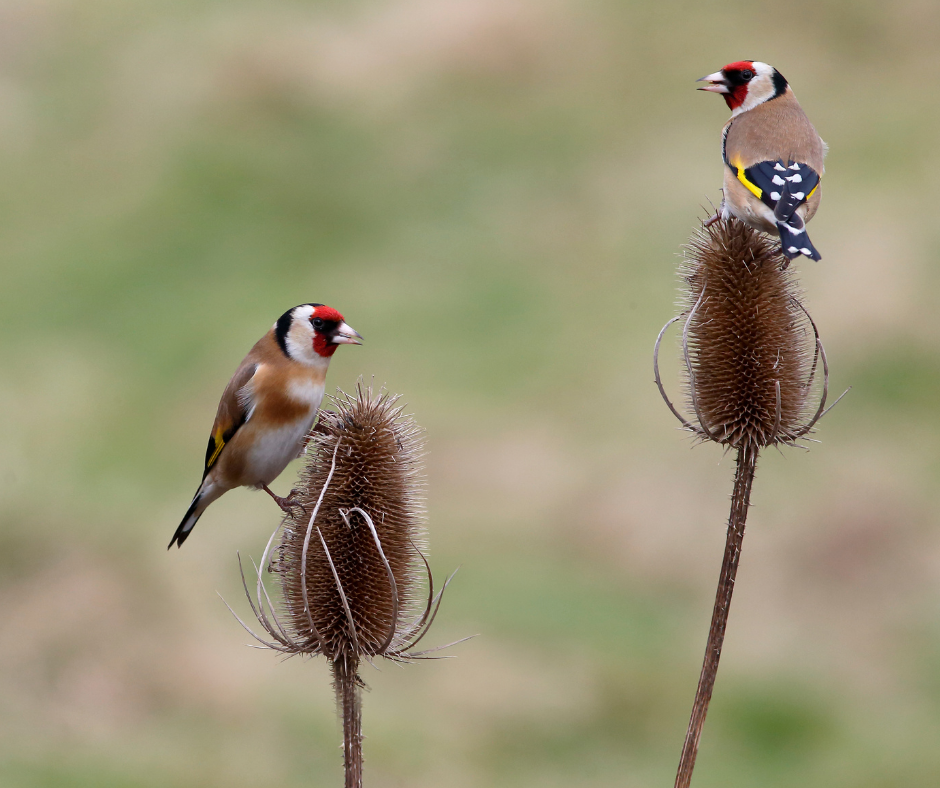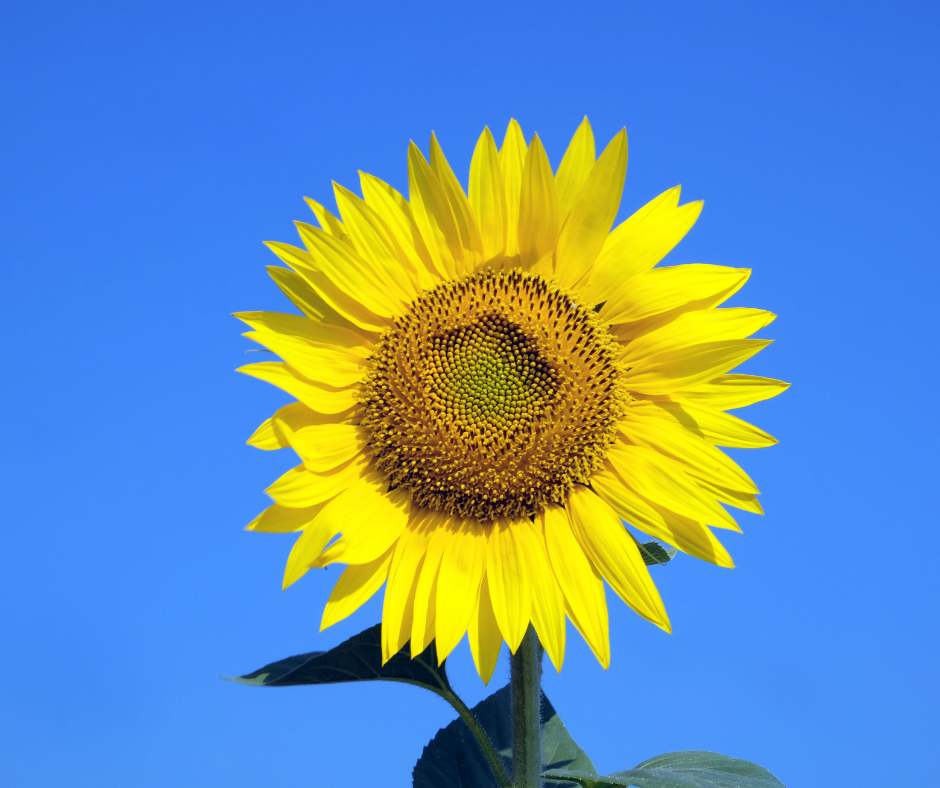There are around 600 species of wild birds in the UK and this fab tool from the RSPB can help you to identify over 400 of them. With such a variety of birdlife, the different species found in the UK have diverse habitat requirements, with some of our feathered friends making our gardens their own. Wondering how to attract wild birds to your garden? It’s not just about feeding them, as you can also choose some of the best plants to keep garden birds happy 😊

How to attract garden birds with plants
Choosing plants might not be top of your agenda when it comes to supporting birdlife. However, there are a lot of reasons why we should be valuing them more:
- Hiding and habitat – From long grasses to dense foliage, our garden greenery can help to provide shelter from weather and predators, and give birds a place to perch in relative safety.
- Nesting – Plants provide important nesting materials to keep eggs and baby birds secure.
- Seeds – These provide a nutritious source of food for seed-eating birds such as finches, long-tailed tits and nuthatches.
- Berries – These are a particularly important food source in the winter and appeal to a number of species including thrushes, blackbirds and starlings.
- Flowers – Opting for insect-friendly flowers helps to boost the biodiversity in your garden and attracts insects eaten by garden birds such as robins and wrens.
- Leaves – Not just useful for nesting, leaves also feed the caterpillars which in turn feed the baby birds during the spring.
Best plants for garden birds

There are so many plants which can help to provide shelter, nesting materials and food for garden birds. Here are some that you could consider:
- Flowers to attract pollinators such as lavender or wildflowers.
- Sunflowers to provide seeds for seed-eating birds in the Autumn.
- Hawthorn berries for birds and leaves popular with moth caterpillars.
- Honeysuckle berries to feed birds such as thrush and warbler in the Autumn and for flowers to attract insects earlier in the year.
- Holly to provide berries for the winter.
- Ivy for flowers in the Autumn, attracting insects eaten by robins and wrens. The berries are popular with a range of species from thrushes to starlings and the leaves are great for nesting.
- Teasel seedheads help to feed goldfinch, sparrows and buntings in the Autumn.
- Small-leaved species of Cotoneaster grow particularly popular berries for a range of birdlife.
- Crab apples which hold onto their fruit later in the year than other varieties of apples and feed birds into the Winter.
Safe for four-legged friends
For the pet owners among you, it’s a bit more complicated as some plants are toxic to pets and it is really important to ensure that your garden is safe. Some of the more common poisonous plants are listed here, but if in doubt ask your local pet shop for advice on which garden plants are best for pets. Also bear in mind that it is better for your pet not to be eating garden plants, even if they are not considered poisonous. Some options you could consider planting include sunflowers, cornflowers, calendula, roses and lavender.


